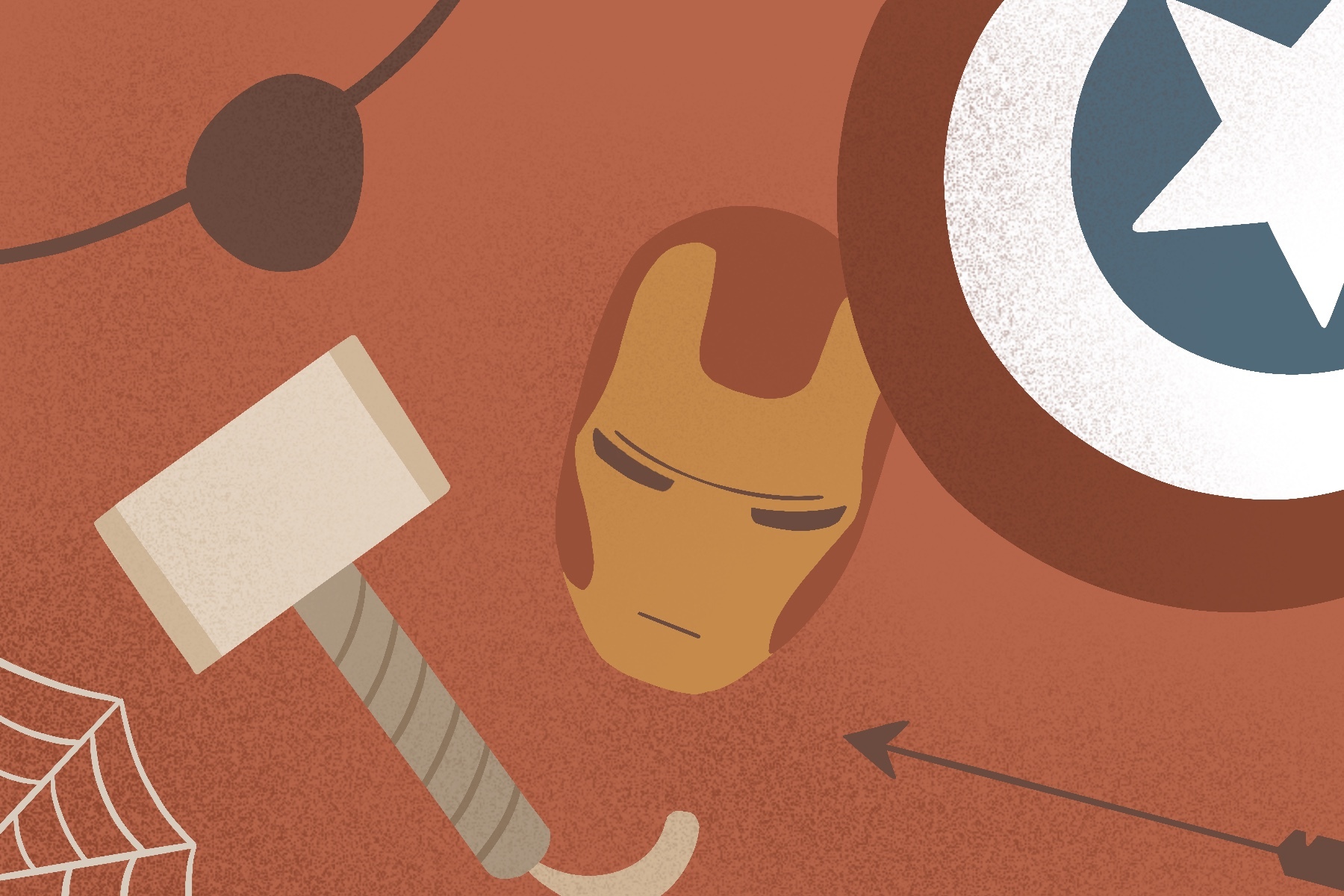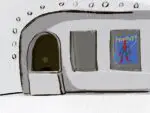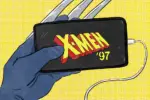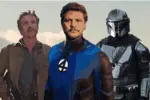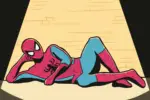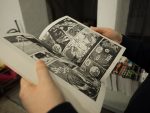The amount of superhero content flooding the media market is bound to be causing fatigue in some viewers. Certainly, the formulaic nature of the Marvel Cinematic Universe has created a craving for a different kind of superhero story. “Invincible” is an animated series on Amazon Prime that perfectly fulfills this need. Based on the comic book series written by “The Walking Dead” creator Robert Kirkman, “Invincible” centers around high school student Mark Grayson, son of the world’s most powerful superhero, Omni-Man.
The series takes place in a world filled with superheroes and superhero teams not unlike the Justice League or Avengers. Naturally, where there are superheroes, there are supervillains, and there’s no shortage of conflict between the two throughout the show’s eight-episode first season.
The show kicks off with two superpowered clones attacking the White House. It doesn’t take long before a Justice League-like ensemble appears to save the day. Complete with their own version of Wonder Woman, Aquaman, Batman and The Flash, these heroes who call themselves the Guardians of the Globe make quick work of the clones in a fashion reminiscent of countless other superhero battles.
It’s clear that the Guardians aren’t the center of the series as the episode quickly shifts focus to 17-year-old Mark Grayson, a half-human, half-Viltrumite high schooler. Initially, Mark as a character doesn’t do much to differentiate himself from other superhero protagonists. He’s a typical teenage boy who’s dealing with the familiar trials and tribulations of high school life, all while anxiously waiting for his powers to kick in. Mark’s father happens to be Omni-Man, the story’s Superman-equivalent voiced by J.K. Simmons. In a flashback, Omni-Man is shown telling Mark the story of his alien origin, how he was sent to Earth to protect it, and that one day, he too would have all of the superhuman abilities inherent to their people. These revelations cling to Mark as he eagerly anticipates the day he can finally use his powers.
The setup to “Invincible” is certainly familiar to anyone who’s seen even half of the superhero shows and movies that have dominated popular culture for the past two decades. Aside from the obvious Justice League reference, the first episode is littered with allusions to other superhero franchises. This leaves first-time viewers questioning why they should waste their time watching a discount version of the Flash speed around copyright infringement suits.
The answer lies in the show’s careful attention to detail and the way it manages to deconstruct the genre itself. For example, “Community” is a show known for its clever humor and subtle details that when noticed, lead to a satisfying and hilarious payoff many episodes later. The show is most famous for setting up a joke revolving around characters casually saying the word Beetlejuice. Over the span of three seasons, the word is mentioned three times, with Beetlejuice appearing in the background after the third mention of his name. While “Invincible” is only in its first season, a similar attention to detail and foreshadowing sets it apart from its contemporaries.
In the show, a demon detective who resembles a cross between Hellboy and Sherlock Holmes appears sporadically in certain scenes. Prior to him entering a room, every person’s breath in the vicinity becomes visible, indicating a sudden drop in temperature commonly associated with ghosts and demons. This gives the demon a real presence in the world of “Invincible,” and makes his appearances that much more effective. In another instance, one of the Guardians of the Globe is shown flinging a villain into space.
The sequence is part of a montage of superhero battles and could be easily forgotten by most viewers. Multiple episodes later however, the villain’s frozen body is depicted floating listlessly in space without mention from any of the main characters. It’s subtle details like this that reflect how much thought is put into each scene and interaction. This lets the audience know that anything that happens in a particular moment could be important or referenced later on in the show, adding weight to each and every scene.
Of course, in a world where superheroes have saturated nearly every facet of popular culture, “Invincible” would be lost among the shuffle if not for its deconstruction of the genre. How many times have audiences sat through a hero’s struggle to balance his superhero life with relationships? Not to mention the tedious romp through the process of watching a superhero team clash before ultimately coming together for the greater good. These tropes are certainly present in “Invincible,” but it’s the way they’re handled that makes the series stand out.
From the get-go it’s obvious that despite being an animated series, “Invincible” isn’t a Saturday morning cartoon. The series doesn’t shy away from realistic conversations and depictions of violence that can be sorely lacking in Marvel and DC films. The characters discuss sex, relationships and curse throughout nearly every episode. When a hero is punched hard enough, they take visible damage. There are multiple instances in the show where the protagonist is beaten to a bloody pulp. When there’s an interdimensional alien invasion taking place in the middle of a bustling city, civilians are shown being brutally killed.
This isn’t just gratuitous violence though; “Invincible” takes time to depict the weight of these casualties on the protagonists. In a particularly violent scene, Mark is shown desperately trying to save the mangled body of a woman hurt in an alien attack. The brutality of the event visibly traumatizes Mark, giving the series a sense of realism that only serves to add more suspense in the battles that follow.
While most of the first episode’s plot points fall into the familiar cliches associated with the superhero genre, it’s merely a facade meant to lure the viewer into a false sense of security. First-time viewers of the show would do themselves a favor by avoiding any spoilers as the overarching plot works best on a blank slate. Those who are sensitive to violence and depictions of gore be warned — this isn’t a Marvel show. For some, this may be the biggest appeal behind the series. Regardless, the show does an excellent job of building a fascinating world that ends with many unexplored plot points. This naturally lays the groundwork for the second season, which has already been confirmed by Amazon. It seems that “Invincible” is here to stay, providing much-needed relief to audiences suffering from Marvel fatigue.


